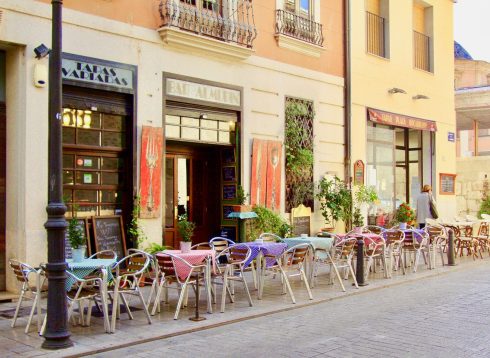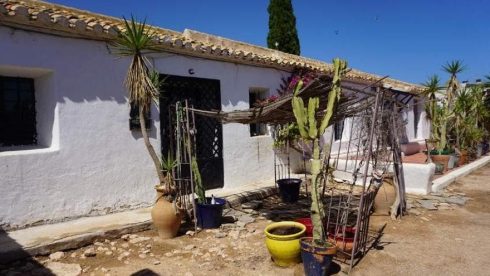DAYLIGHT saving time starts this Easter weekend in Spain with the clocks going forward an hour on Sunday from 2.00am to 3.00am.
The reverse process will take place- as is the norm- at the end of October.
A debate on whether or not to change the clocks within the European Union started in 2018 when the European Commission held a consultation in which more than 80% of the 4.6 million people who took part wanted to end the twice-yearly switch.

Based on this result, the Commission proposed to have the last time change in March 2019 based on a non-binding European Parliament vote in favour.
A complete lack of agreement between the EU members and impact assessments delayed any changes.
The member states considered the idea to be somewhat premature and a decision until 2021 by which time more serious matters like the Covid pandemic were taking centre-stage.
In March 2023, the European Parliament’s Transport and Tourism Committee chose to delay any annual time changes so that countries would have more time to decide whether they would stick with summer or winter time.
It means everything will remain as it is until at least 2026 and probably a good deal longer after that.
The matter has been talked about in Spain and the Council of Ministers in 2018 created a commission of 14 experts to study any reforms and to produce a report on the advantages and disadvantages of keeping Central European Time in the country.
The irony is that Spain used to be on GMT until 1941 when the dictator General Franco pushed the clocks forward so that they would aligned with Nazi Germany.
Neighbouring Portugal is on GMT, alongside Spain’s Canary Islands, as well as the British Isles.
The commission published its report in March 2019 which concluded that it was not recommended to make any hasty changes in time zones until there was a significant consensus with a public consultation to outline the pros and cons of a change.
READ MORE:
Click here to read more News from The Olive Press.








